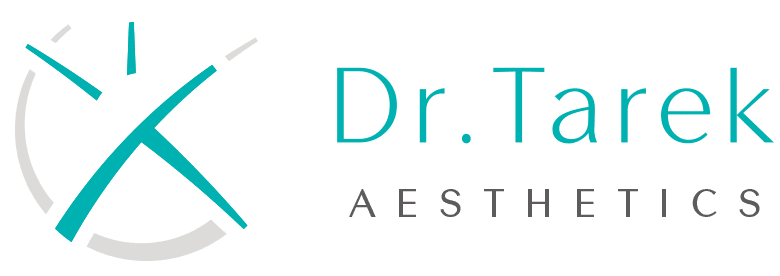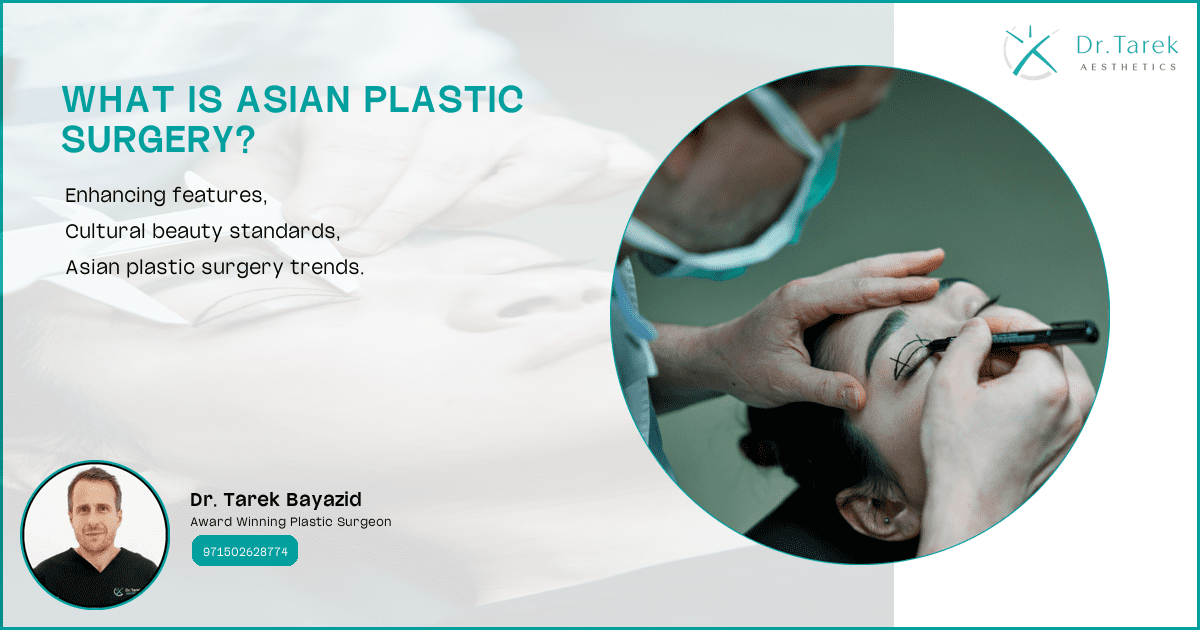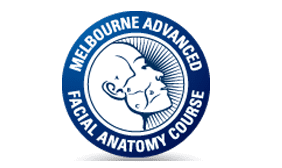What is Asian Plastic Surgery?
Asian plastic surgery refers to cosmetic and reconstructive procedures tailored specifically to the unique anatomical features and aesthetic preferences of individuals of Asian descent. This specialized field addresses the distinct facial structures, skin types, and cultural beauty standards prevalent in various Asian communities. The scope of Asian plastic surgery encompasses a wide range of procedures, from minimally invasive treatments to complex surgical interventions aimed at enhancing natural beauty while preserving ethnic identity.
Common Procedures in Asian Plastic Surgery
Several procedures are particularly popular in Asian plastic surgery due to their ability to address specific aesthetic concerns. These include double eyelid surgery, nose reshaping, jaw contouring, and facial contouring. Each of these procedures is designed to enhance certain facial features while maintaining a harmonious and natural appearance.
- Double Eyelid Surgery (Blepharoplasty)
- Nose Reshaping (Rhinoplasty)
- Jaw Contouring
- Facial Contouring and V-line Surgery
Popular Asian Plastic Surgery Procedures
Double Eyelid Surgery (Blepharoplasty)
Double eyelid surgery, or blepharoplasty, is one of the most sought-after procedures in Asian plastic surgery. This surgery creates a crease in the upper eyelid, giving the eyes a more open and defined appearance. It is particularly popular among individuals who have monolids or single eyelids, which are common in many Asian ethnicities.
Book A Consultation With Dr Tarek Bayazid
Installment Plan Available
- Enhances the appearance of the eyes
- Creates a natural-looking crease
- It can improve vision in some cases
Nose Reshaping (Rhinoplasty)
Nose reshaping, or rhinoplasty, is another common procedure. It involves altering the shape, size, or structure of the nose to achieve a more balanced facial appearance. Asian rhinoplasty often focuses on augmenting the nasal bridge and refining the tip to create a more defined and harmonious look.
- Augments the nasal bridge
- Refines the nasal tip
- Enhances overall facial harmony
Jaw Contouring
Jaw contouring is a procedure that reshapes the jawline to create a slimmer and more defined appearance. This is particularly popular among individuals seeking a V-shaped face, which is considered a desirable beauty standard in many Asian cultures. The procedure can involve bone shaving, muscle reduction, or a combination of both.
- Creates a V-shaped face
- Slims and defines the jawline
- Can improve facial symmetry
Facial Contouring and V-line Surgery
Facial contouring and V-line surgery are comprehensive procedures that address multiple areas of the face to achieve a more balanced and aesthetically pleasing appearance. These surgeries often involve a combination of jaw contouring, chin augmentation, and cheek reduction to create a smooth and harmonious facial profile.
- Combines multiple procedures for optimal results
- Enhances overall facial balance
- Creates a smooth and harmonious profile
Ethnic Considerations in Asian Plastic Surgery
Unique Facial Features of Asian Patients
Asian patients have unique facial features that require specialized approaches in plastic surgery. These features include a flatter nasal bridge, wider cheekbones, and a rounder face shape. Understanding these anatomical differences is essential for achieving natural-looking results that enhance the patient’s inherent beauty.
- Flatter nasal bridge
- Wider cheekbones
- Rounder face shape
Preserving Ethnic Identity While Enhancing Appearance
One of the primary goals of Asian plastic surgery is to enhance the patient’s appearance while preserving their ethnic identity. This involves using techniques that respect the natural features and cultural aesthetics of the patient rather than imposing Western beauty standards. The aim is to achieve subtle and harmonious enhancements that look natural and authentic.
- Respecting natural features
- Avoiding Western beauty standards
- Achieving subtle enhancements
Customized Approaches for Different Asian Ethnicities
Asia is a diverse continent with a wide range of ethnicities, each with its own unique facial features and beauty standards. Plastic surgeons must adopt customized approaches to cater to the specific needs and preferences of different Asian ethnic groups. This ensures that the results are tailored to the individual and culturally appropriate.
- Tailored approaches for different ethnicities
- Addressing specific needs and preferences
- Ensuring culturally appropriate results
Benefits and Risks of Asian Plastic Surgery
Improved Self-Confidence and Social Acceptance
One of the primary benefits of Asian plastic surgery is the boost in self-confidence and social acceptance it can provide. Many individuals feel more confident and satisfied with their appearance after undergoing cosmetic procedures, which can positively impact their personal and professional lives.
- Boosts self-confidence
- Enhances social acceptance
- Positively impacts personal and professional life
Potential Complications and Side Effects
Like any surgical procedure, Asian plastic surgery carries potential risks and complications. These can include infection, scarring, asymmetry, and dissatisfaction with the results. It is essential for patients to be aware of these risks and to choose a qualified and experienced surgeon to minimize potential complications.
- Risk of infection
- Potential for scarring
- Possibility of asymmetry
Long-Term Results and Maintenance
The long-term results of Asian plastic surgery can vary depending on the procedure and individual factors. Some procedures may require maintenance or touch-ups over time to preserve the desired results. Patients should discuss the longevity and maintenance requirements of their chosen procedures with their surgeon.
- Varies by procedure
- May require maintenance
- Discuss longevity with the surgeon
How Much Does Asian Plastic Surgery Cost?
The cost of Asian plastic surgery can vary widely depending on the procedure, the surgeon’s expertise, and the clinic’s location. On average, procedures like double eyelid surgery can range from ,000 to ,000, while more complex surgeries like facial contouring can cost upwards of 0,000. Patients must consider not only the cost but also the quality and safety of the procedure.
Is Asian Plastic Surgery Permanent?
The permanence of Asian plastic surgery depends on the specific procedure. Some surgeries, like double eyelid surgery and rhinoplasty, can offer long-lasting results, while others may require maintenance or touch-ups over time. Patients should discuss the expected longevity of their chosen procedures with their surgeon to understand the need for future interventions.
What is the Most Common Plastic Surgery in Asia?
Double eyelid surgery is the most common plastic surgery procedure in Asia. This surgery is highly popular due to the cultural preference for double eyelids, which are seen as more aesthetically pleasing and expressive. The method is relatively straightforward and offers significant improvements in the appearance of the eyes.
Choosing a Qualified Surgeon for Asian Plastic Surgery
Importance of Specialized Training and Experience
Choosing a qualified surgeon with specialized training and experience in Asian plastic surgery is crucial for achieving optimal results. Surgeons with expertise in this field understand the unique anatomical features and cultural preferences of Asian patients, ensuring that the procedures are performed safely and effectively.
- Specialized training
- Experience with Asian patients
- Ensures safe and effective procedures
Consultation Process and Communication
The consultation process is a critical step in Asian plastic surgery. During the consultation, patients should discuss their goals, concerns, and expectations with the surgeon. Effective communication is essential to ensure that the surgeon understands the patient’s desires and can provide realistic outcomes.
- Discuss goals and concerns.
- Ensure effective communication
- Provide realistic outcomes
Before and After Photos of Asian Patients
Reviewing before and after photos of previous Asian patients can help individuals gauge the surgeon’s expertise and the potential results of their chosen procedures. These photos provide valuable insights into the surgeon’s skill and the quality of their work.
- Gauge surgeon’s expertise
- Assess potential results
- Valuable insights into skill and quality
Recovery and Aftercare for Asian Plastic Surgery
Typical Recovery Timelines for Different Procedures
Recovery timelines for Asian plastic surgery procedures can vary depending on the specific surgery and individual factors. For example, double eyelid surgery typically requires 1-2 weeks of recovery, while more extensive procedures like facial contouring may require several weeks to months for full recovery.
- Double eyelid surgery: 1-2 weeks
- Facial contouring: Several weeks to months
- Varies by procedure and individual factors
Post-Operative Care Instructions
Following post-operative care instructions is essential for a smooth recovery and optimal results. Patients should follow their surgeon’s guidelines, which may include keeping the surgical area clean, avoiding strenuous activities, and attending follow-up appointments.
- Keep the surgical area clean.
- Avoid strenuous activities
- Attend follow-up appointments
Managing Expectations and Results
Managing expectations is crucial for patient satisfaction. Patients should have realistic expectations about the outcomes of their chosen procedures and understand that results may take time to manifest fully. Open communication with the surgeon can help align expectations with achievable results.
- Have realistic expectations
- Understanding results takes time
- Open communication with the surgeon
What is the Difference Between Asian and Western Plastic Surgery?
The primary difference between Asian and Western plastic surgery lies in the aesthetic goals and techniques used. Asian plastic surgery often focuses on enhancing features while preserving ethnic identity, whereas Western plastic surgery may prioritize more dramatic changes. Additionally, the anatomical differences between Asian and Western patients require specialized approaches in surgical techniques.
Ethical Considerations in Asian Plastic Surgery
Cultural Sensitivity and Patient Autonomy
Cultural sensitivity and patient autonomy are essential ethical considerations in Asian plastic surgery. Surgeons must respect the cultural values and preferences of their patients while ensuring that they make informed decisions about their procedures. Patient autonomy should be prioritized, allowing individuals to choose procedures that align with their personal and cultural values.
- Respect cultural values
- Ensure informed decisions
- Prioritize patient autonomy
Balancing Beauty Ideals with Natural Features
Balancing beauty ideals with natural features is a key ethical consideration. Surgeons should aim to enhance the patient’s appearance while maintaining their natural features and ethnic identity. This approach ensures harmonious and authentic results.
- Enhance appearance
- Maintain natural features
- Ensure harmonious results
Psychological Impact of Cosmetic Procedures
The psychological impact of cosmetic procedures should not be overlooked. Patients may experience a range of emotions before and after surgery, and surgeons must provide support and guidance throughout the process. Addressing the psychological aspects of cosmetic surgery can contribute to overall patient satisfaction and well-being.
- Provide support and guidance.
- Address psychological aspects
- Contribute to patient satisfaction
Future of Asian Plastic Surgery
Advancements in Surgical Techniques
Advancements in surgical techniques are continually shaping the future of Asian plastic surgery. Innovations such as minimally invasive procedures, improved surgical tools, and enhanced recovery protocols are contributing to better outcomes and patient experiences.
- Minimally invasive procedures
- Improved surgical tools
- Enhanced recovery protocols
Emerging Trends and Patient Preferences
Emerging trends and patient preferences are driving the evolution of Asian plastic surgery. Non-surgical alternatives, natural-looking results, and personalized treatments are becoming increasingly popular. Surgeons must stay updated on these trends to meet their patients’ evolving needs.
- Non-surgical alternatives
- Natural-looking results
- Personalized treatments
Integration of AI and Virtual Reality in Surgical Planning
The integration of AI and virtual reality in surgical planning is a promising development in Asian plastic surgery. These technologies can enhance precision, improve patient consultations, and provide more accurate predictions of surgical outcomes. As these technologies continue to advance, they are likely to play a significant role in the future of cosmetic surgery.
- Enhance precision
- Improve patient consultations
- Accurate predictions of outcomes
How Long Does Asian Plastic Surgery Last?
The longevity of Asian plastic surgery results varies depending on the procedure and individual factors. Some surgeries, like double eyelid surgery and rhinoplasty, can offer long-lasting results, while others may require maintenance or touch-ups over time. Patients should discuss the expected longevity of their chosen procedures with their surgeon to understand the need for future interventions.
FAQ’s
1. What is Asian Plastic Surgery?
Asian Plastic Surgery refers to cosmetic and reconstructive procedures specifically tailored to the unique anatomical features and aesthetic preferences of individuals of Asian descent. These procedures take into account factors like skin type, facial structure, and cultural beauty standards to achieve natural-looking results that enhance one’s features while respecting ethnic identity.
2. How does Asian Plastic Surgery differ from traditional plastic surgery?
While traditional plastic surgery often follows Western aesthetic ideals, Asian Plastic Surgery focuses on the distinct characteristics of Asian anatomy. Surgeons specializing in this field are trained to address features such as eyelid shape, nose structure, and facial contours in a way that complements the patient’s natural appearance and meets their specific aesthetic goals.
3. What are common procedures in Asian Plastic Surgery?
Popular procedures include:
- Double Eyelid Surgery (Blepharoplasty) : Creates a visible crease in the eyelid for those who desire it.
- Rhinoplasty : Enhances the shape and height of the nose bridge and tip.
- Jaw and Chin Contouring : Refines the facial outline for a more balanced look.
- Skin Rejuvenation Treatments : Addresses issues like hyperpigmentation and uneven skin tone that are common in Asian skin types.
4. Why is it important to choose a surgeon experienced in Asian Plastic Surgery?
Selecting a surgeon with expertise in Asian Plastic Surgery is crucial because they understand the subtle anatomical differences and aesthetic desires unique to Asian patients. An experienced surgeon can provide personalized treatment plans that ensure natural-looking results while minimizing risks and preserving cultural identity.











Related Posts